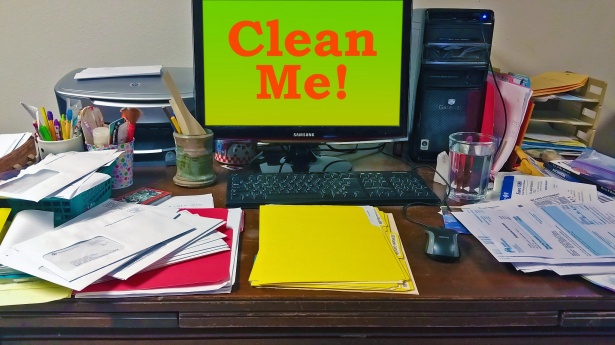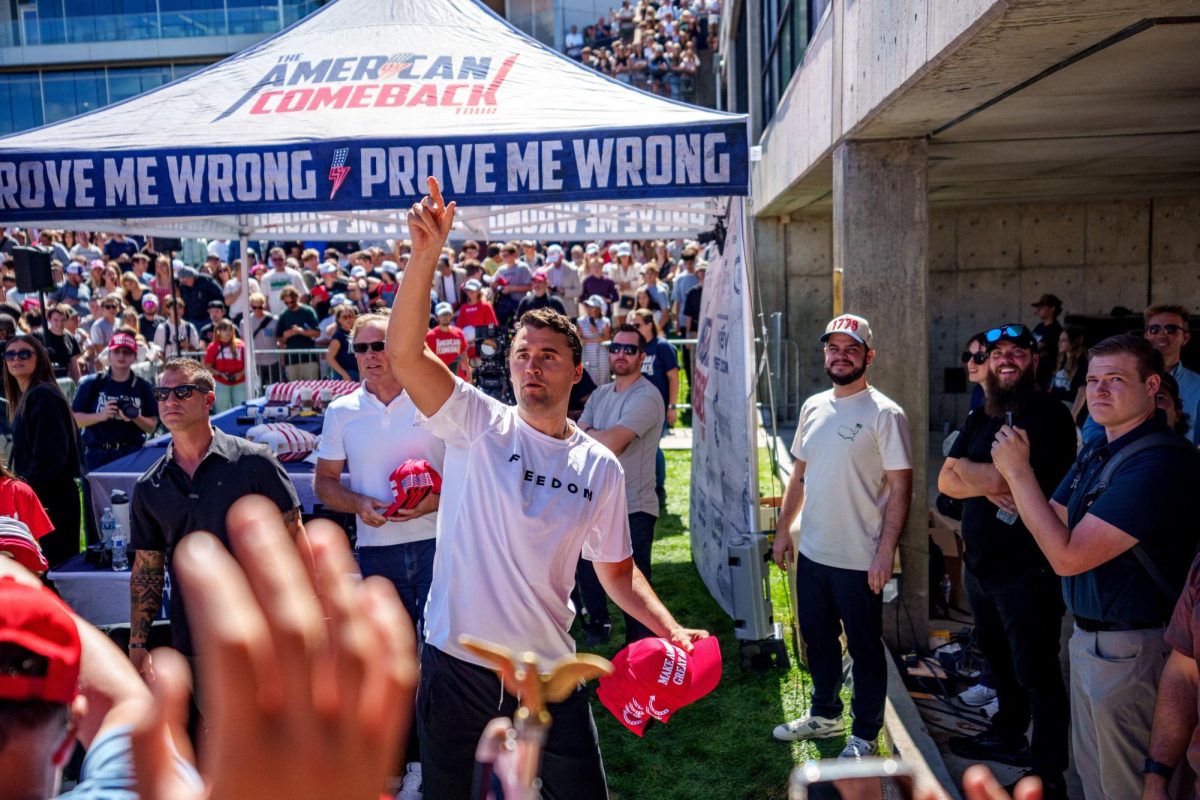Guns in Schools: Legislative Action Related to Guns
When people work together progress is made.
June 14, 2023
When issues of concern arise in a society, it is the job of the government to establish laws and regulations for the protection of its citizens and to solve or help to solve the issue. So, as a civil society, the government and its citizens must address gun violence. How does a society address mass shootings in a fair, reasonable way?
When groups of people work together, progress is made. Various laws and legislative action have been passed in an attempt to help solve the issue. Let’s start by discussing some of the prime reasons gun violence is so deadly.
First and foremost, citizens having access to military-style weapons is a concern. Mass shooting incidents where the shooter used an assault rifle resulted in an average of 2.4 times more people killed and 24 times more people wounded compared to incidents where the shooter did not use an assault rifle.
This stat shows the effectiveness of high-capacity magazines and the higher damage the assailant inflicts using them. Mass shootings involving high-capacity magazines result in 11 times as many shot and wounded per incident on average compared to those that did not include the use of high-capacity magazines. What has been done to address this problem?
Massachusetts banned high-capacity magazines in 1994 and also banned assault rifles made post-1998. Massachusetts is one of 10 states to have banned assault rifles. The others are: California, Connecticut, Delaware, Hawaii, Illinois, Maryland, New Jersey, New York, and Washington. Statistics show these bans work. Researchers estimate that if we still had a federal Assault Weapon Ban, we’d see 70 percent fewer mass shootings deaths.
A further study details the actual impact that a federal assault rifle ban had on the American public in 1994. The number of mass shootings dropped by 37 percent and the number of mass shooting deaths decreased by 43 percent while the ban was in effect compared to the previous decade. After the ban lapsed in 2004, those numbers dramatically rose–a 183 percent increase in massacres and a 239 percent increase in mass shooting deaths.
This shows that assault rifle bans even at a state level can have huge effects on the amount of gun violence. Limiting access to assault weapons saves lives. Assault rifles were designed for use on a battlefield, not meant for the general public’s use.
Take, for example, the AR-15. Contrary to popular belief the AR in AR-15 does not stand for assault rifle but instead stands for ArmaLite Rifle in honor of the designer’s company name.
The AR-15 is a lightweight semi-automatic rifle that was developed in the 1950s for use in the Vietnam war. This gun has been used in some of America’s worst shootings.
The AR was designed for speedy reloading in combat situations, and it can fire dozens of rounds in seconds. The stock has a large internal spring that absorbs the shock of each firing. The low recoil makes it easier to shoot and is more accurate than earlier weapons.
The rifle is also very easy to customize. These factors make the gun very favorable and widely used. The National Rifle Association (NRA) calls the AR-15 “America’s gun.” This nickname was given because the AR-15 is the most popular rifle in America, with well over 11 million models of AR-15s in the US.
What about the laws that regulate the ability to own a firearm? These preventive measures are known as background checks. The goal of background checks is to screen all gun buyers for potential issues that would bar a person from obtaining a gun. Massachusetts has the sixth-strongest gun laws in the country and the lowest rate of gun deaths. States with laws requiring background checks for all gun sales—by point-of-sale check and/or permit—were associated with 10 percent lower homicide rates.
Massachusetts is also one of the only states to bar gun purchases by people with outstanding warrants and to require secure storage for any firearm not in the owner’s immediate control. Massachusetts is also one of only 20 states that have Extreme Risk Protection Orders (ERPO), also known as red flag laws.
An ERPO is issued against a person who has a license to possess or carry a gun and who poses a risk of physically hurting themselves or others by having in their control, owning, or possessing a firearm, rifle, shotgun, machine gun, stun gun, or ammunition. These measures, though perhaps infringing on citizen rights, save lives and possibly prevent mass shootings.
If we want to keep students safe and potentially save lives in a school shooting, do we arm teachers? Massachusetts is one of 32 states that allow teachers to carry guns with written permission from the administration (it is a little more complicated than that, but in theory that permission is all it takes).
This law in theory is supposed to limit the number of victims of a school shooting by allowing a teacher to act as a first responder. This thought can be justified by countering the time it takes for first responders to arrive at a scene. The average police response time to an active shooting is a median time of 3-15 minutes. An armed teacher based on this logic could save lives in the time it takes for the police to respond to an active shooting scenario.
Maybe allowing teachers to carry guns may help, but what about the possible effects? The thought is that teachers are not trained from day one in crisis management behaviors.
There have been many recorded instances in which a gun brought in by a licensed-to-carry teacher ended up causing dangerous issues. A firearm was accidentally left by a licensed carrier in areas accessible to kids, a teacher’s gun fell out of a teacher’s waistband during a cartwheel, and a substitute teacher accidentally fired her gun when teaching first graders and kids were injured.
Is arming teachers a viable option?
What about gun regulation at a federal level? How does it affect us?
The first federal gun law in the United States was passed in 1938 and was titled The Federal Firearms Act of 1938. This act for the first time required new gun buyers to purchase a registration license.
Since 1938, much has changed in the United States. Our next big federal gun control law came 30 years after the 1938 act. This act was proposed in 1968 and was prompted by the memories of the assassination of President Kennedy, Martin Luther King, Jr, and Robert Kennedy.
The act is called The Gun Control Act of 1968. This law repealed The Federal Firearms Act of 1938 and replaced it with a new structured plan for regulating the sale of firearms to convicts and established the first outline that would become background checks today.
In 1993 Congress signed the Brady Handgun Violence Prevention Act which imposed federal background checks and a mandated required wait time (five days) for firearm purchases. In 2007, Congress passed the NATIONAL INSTANT CRIMINAL BACKGROUND CHECK ACT (NICS), a law expanding background checks to the level they are today.
Then the passing of major laws took a break and years went by with no major laws passed. The last major federal gun control law was passed in 2022 in response to the Robb Elementary School shooting in Uvalde, Texas. This act, THE BIPARTISAN SAFER COMMUNITIES ACT, expanded background checks and bolstered longer and more thorough mental health checks.
After 83 years of gun regulation, while progress has been made, mass shootings continue and that means the nation still has not solved the issue. Many gun laws have been passed and gone in our nation’s history but are these measures enough, or does this issue require more legislation and action?






































